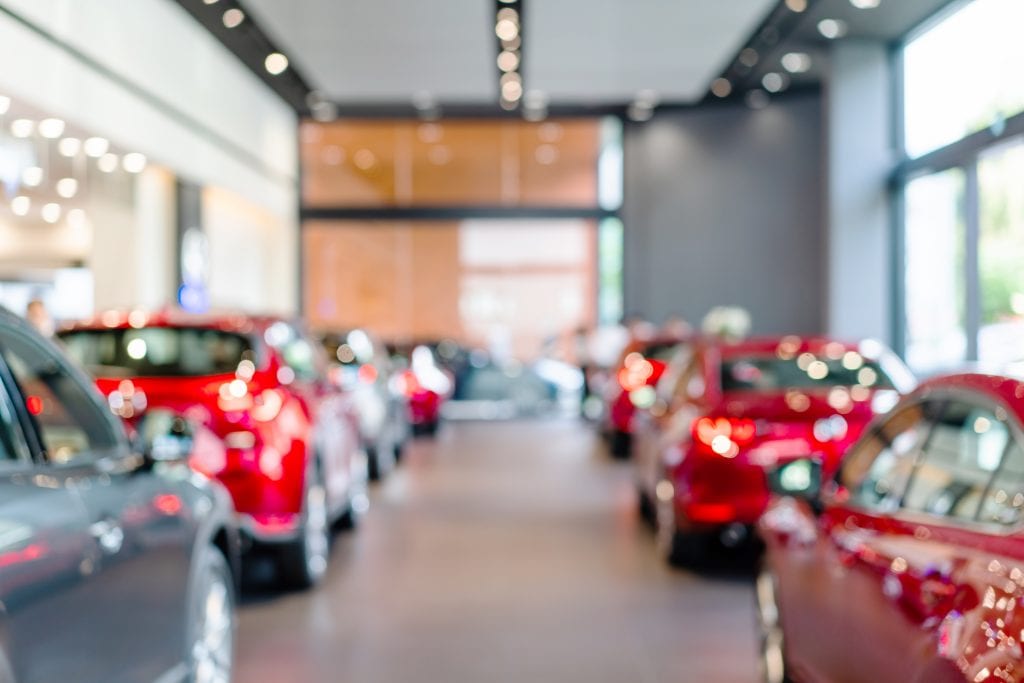Building a “Smarter” Car Dealership: Tips for Staying out of the Automobile Boneyard
9 0 – Nine-zero. That’s the approximate percentage of people who hate something about the “traditional” car-buying experience. Too often, after visiting the dealership, customers exit feeling duped, disrespected, or downright disregarded. As we know, that type of unrest has created new ways for customers to navigate the car-buying process—and that has led to new challenges for car dealers.
In order to survive (and thrive) in this new world, auto dealerships need a new set of tools to drive engagement and car lot interactivity. So, where do you start?
A New Toolbox for the Digital Age
We know that a car dealership is a complex organism with many, many interconnected parts. These components affect one another in so many ways and on so many different levels. Taking a step back and looking at the whole environment, we can observe how each business function of an auto dealership influences various other pieces of the business. For example, the operational efficiencies of the parts department have a direct effect on speed of the service department, which in turn, directly corresponds to customer satisfaction. With this holistic viewpoint, we can see that making certain, direct changes can alter the entire dealership system because of the interlinked pieces. Let’s look at an example.
Direct Effects of an LED Upgrade: Utility Savings
We know there’s one issue that frequently “drives” most dealership owners crazy: utility costs. If you’re like most dealers, you probably cringe (or cuss…or cry) when you receive your electric bills. We get that. “I’m paying too much! I should look into doing something about this,” you exclaim, but then, like many other dealers who have a never-ending list of duties to fulfill, you move on to the next action item in your day, forgetting about the concern until the next bill comes.
So just how do you most effectively tackle skyrocketing energy costs? Let’s look at a few ways an LED lighting upgrade can help you directly cut energy-related costs from day zero.
The direct effects of an LED lighting upgrade are most evident in the reduction of your energy costs. Many times, these energy-related costs will be slashed by 30-50% when simply switching from fluorescent to LED lighting. Add to the equation the use of networked controls and you’ll see additional savings upward of 75% in some cases. Using networked IoT-based controls, you can achieve even higher utility savings by incorporating programmable operations for your HVAC systems. And working with an industry partner to install a “smart” energy system with multiple devices working in concert with one another will ensure you create a framework that controls the entire lighting and temperature systems in your dealerships.
So those are the direct effects of an LED upgrade, but that raises another question: What can an LED and networked controls system do beyond lighting and temperature control?
Indirect Effects of an LED Upgrade: More Resources to Re-Allocate
In addition to the utility savings, changing your lighting and HVAC operations yields incredible indirect results within your overall business “system.” For example, maybe your employees are sluggish during certain parts of the day. Well, with LED lighting, studies have shown that with the right lighting levels, employees are more likely to realize an increase in productivity and comfort. Because today’s networked control solutions have tighter control of LED output, we’re able to achieve far healthier and invigorating environments that foster productivity and comfort than fluorescent light was ever able to achieve.
Speaking of employee productivity and our earlier example of the interconnectedness of dealership operations, let’s revisit the service department. With new controllable clean light sources driven by LEDs, time and time again, we’ve seen clients achieve increased service area productivity and efficiency because the mechanics will be able to better see the vehicles and parts on which they’re working. They won’t miss minor details and they’ll be able to work faster and more safely. This will yield a quicker vehicle turnaround time with increased customer satisfaction, thereby cutting down on time spent dealing with complaints.
More than that, you’ll avoid the risk of workplace accidents that can be attributed to poor lighting. Fewer accidents means fewer injuries, fewer expenses, and fewer headaches in the forms of medical claims and lost days of work.
Additionally, with the money you’ve saved by moving to a “smart” dealership, you’ll be able to re-allocate those newfound resources to help with other areas of the business. Maybe you can apply those resources to that online marketing campaign you’ve been wanting to try, or maybe you can afford to hire another administrator who can help keep things running smoothly at the dealership so you can spend more time at home.
The bottom line is this: By just focusing on smarter energy systems, dealers like you will indirectly collect more time (because you don’t have to worry about dealing with utility-related issues manually), energy (because you won’t have it sucked away by outdated systems), and money (because of increased overall productivity). You can then devote those extra resources to other business-related challenges (like how to bring more customers through your doors) associated with this new era of car-buying.
The “Smart” Way to Build a Better Dealership
The “Circle of Life” inside the business is a very delicate ecosystem. The car dealers who recognize this balance and are willing to make “smart” changes to add to their digital toolbox will take the first step in building a smarter, more engaging, and successful dealership that customers will appreciate.






Recent Comments